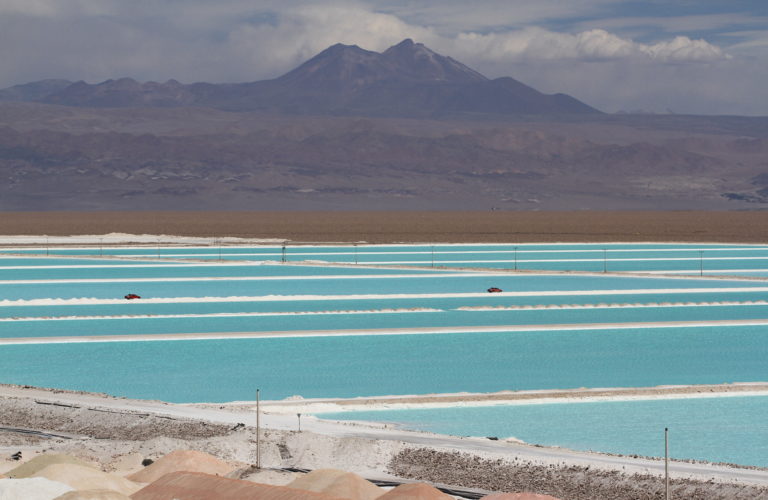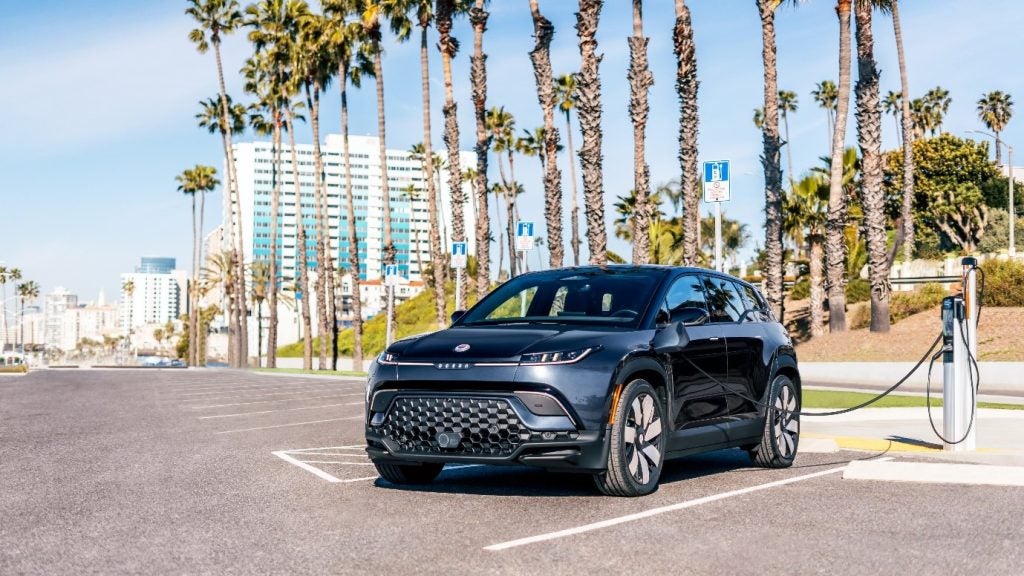The automotive industry continues to be a hotbed of innovation. Activity is driven by developments in catalytic converters, which is found to be one of the most effective tools to reduce the undesirable pollutants in the environment, and growing importance of technologies such as oxidation catalyst (OC), three-way catalyst & oxidation catalyst (TWC-OC). In the last three years alone, there have been over 1.2 million patents filed and granted in the automotive industry, according to GlobalData’s report on Environmental sustainability in Automotive: Catalytic converters. Buy the report here.
According to GlobalData’s Technology Foresights, which uses over 619,000 patents to anlayse innovation intensity for the automotive industry, there are 290+ innovation areas that will shape the future of the industry.
Catalytic converters is a key innovation area in environmental sustainability
A catalytic converter is a component that attaches to the front of an automobile’s exhaust system, near the engine. It lowers the quantity of gaseous pollutants, such as carbon monoxide, nitrogen oxides, and hydrocarbons, that are released into the environment. A car’s efficiency, which has a direct impact on the health and performance of the entire vehicle, is enhanced by a properly maintained catalytic converter.
GlobalData’s analysis also uncovers the companies at the forefront of each innovation area and assesses the potential reach and impact of their patenting activity across different applications and geographies. According to GlobalData, there are 40+ companies, spanning technology vendors, established automotive companies, and up-and-coming start-ups engaged in the development and application of catalytic converters.
Key players in catalytic converters – a disruptive innovation in the automotive industry
‘Application diversity’ measures the number of different applications identified for each relevant patent. It broadly splits companies into either ‘niche’ or ‘diversified’ innovators.
‘Geographic reach’ refers to the number of different countries each relevant patent is registered in. It reflects the breadth of geographic application intended, ranging from ‘global’ to ‘local’.
Patent volumes related to catalytic converters
Source: GlobalData Patent Analytics
Toyota engages in the development, manufacture, and trading of catalytic converters. The company currently holds 268 filed patents in catalytic converters for the automotive industry segment. Other companies innovating catalytic converters for the automotive industry are Johnson Matthey, Porsche Automobil, and General Motors.
To further understand how environmental sustainability is disrupting the automotive industry, access GlobalData’s latest thematic research report on Automotive.
Data Insights
From

The gold standard of business intelligence.
Blending expert knowledge with cutting-edge technology, GlobalData’s unrivalled proprietary data will enable you to decode what’s happening in your market. You can make better informed decisions and gain a future-proof advantage over your competitors.







